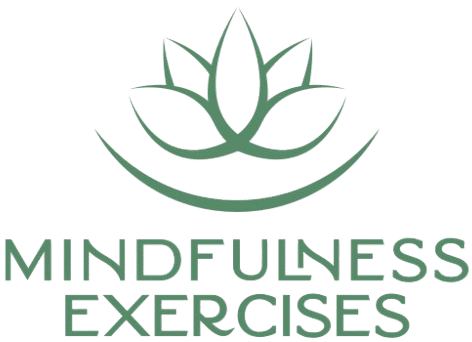Remember, what you practice gets stronger and this is also true with our intentions and our attention. When considering food and hunger, there are three questions which can be very helpful in helping you build your muscle of discernment. These three questions are: Number 1: What do I want? Number 2: What do I need? And Number 3: What do I have?
"What do I want," really comes from your mind.
This is how you decide on specific tastes and texture, whether you want heavy food or light food or if there's a specific nutrient you're craving. The question, what do I need, comes more from your body and your heart. Deciding what you need to eat based on balance and moderation helps you meet your personal health needs, preferences, and allows you to feed your body the nutrition it needs to thrive.
"What do I have?" is really a practice of gratitude as well as surveying your options.
Planning and preparation will help a lot here. Things like keeping healthy and convenient foods that are appealing to you on hand, ready to go, even bringing food with you to work or trips and keeping basic cooking ingredients on hand will all help make this part easier. Here's an example of a survey and the choices available. Think about when you go to a restaurant, for example, or a gathering of friends, when you see the wide selection of choices on the menu or on the table, make your best choice. And remember, listen to your hunger and fullness cues. Your favorite foods will forever be available to you.
Eating with intention really gets to the nuts and bolts of knowing your level of hunger, knowing why you are eating, knowing what you want to eat, and knowing how you want to feel when you are finished eating. Attention helps us be aware of any and all distractions. Attention is our responsibility to be aware of our inner experience. Attention is practicing using our breath to bring about a sense of centered calm.
Please allow yourself to take your time. Let go of the need to rush any experience. Practice gratitude for all of the elements that are involved in bringing food to your table. I offer you six unique exercises to help you continue on your journey to health.
Number 1:
Before you eat, get in the habit of asking yourself, "Am I physically hungry? How hungry am I?" Practice giving yourself a number on the hunger scale. Before you eat, also practice asking, "What do I want? What do I need and what do I have?" If it's hard for you to remember these questions, make yourself a little post it and stick it next to your food prep area or next to the place where you eat and refer to these questions each and every time there's food involved.
Number 2: Practice eating with intention and attention. By this I mean, practicing gratitude for everything that went into bringing food to you and your table. Ask how full you want to be when you're done eating, practice using the speed bump method. Remember to check in with your level of fullness midway through your meal. This means pausing, putting the fork down, taking a few deep breaths, and tuning in to your sensations and then responding to those sensations in a compassionate kind way. Eating with intention and attention also means practicing being aware of any distractions while you eat and allow yourself to shift between socializing and eating.
The third action step for this week is to practice five minutes of intentional breathing. Now, if practicing five minutes is already something you've developed and that muscle, habit is going well for you, then you can increase it to maybe six to seven minutes. If practicing five minutes of intentional breathing is still something you want to do but aren't doing consistently, try giving yourself the gift of five minutes every day by setting a reminder or a timer and that way when the timer goes off your practice is complete. You've done it. And that becomes a self-rewarding practice.
The fourth action step is explore ways to fill your needs. Now this is a continuation. You've already been doing this. You've already discovered new ways and new things to support your true needs. So, things to do when you're not really physically hungry or needing nourishment through food. Continue to explore ways you can fill your true needs.
And last but not least, continue on with your journal writing experiences and identifying ways and things that can support your daily practice of mindfulness.
Remember, what you practice gets stronger.

